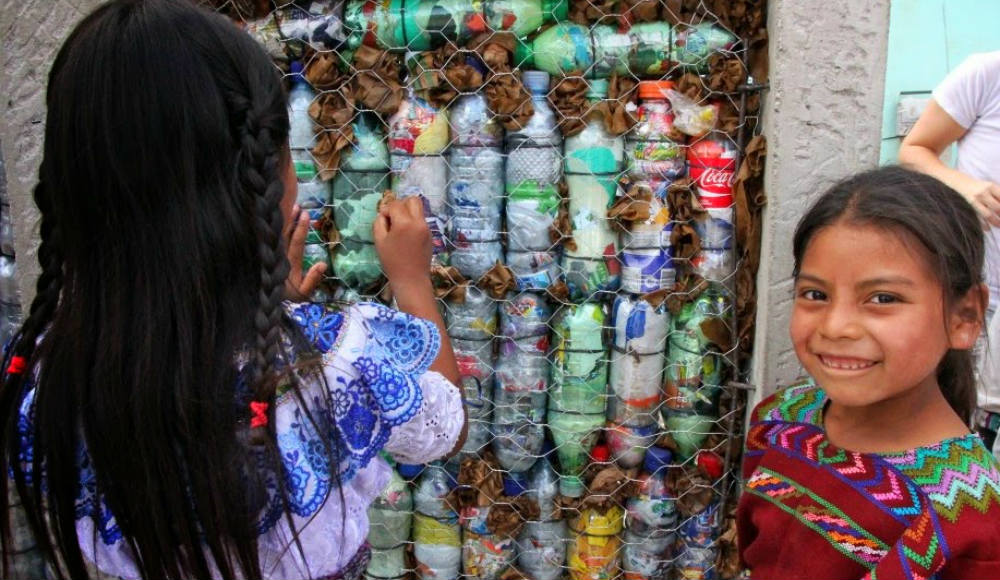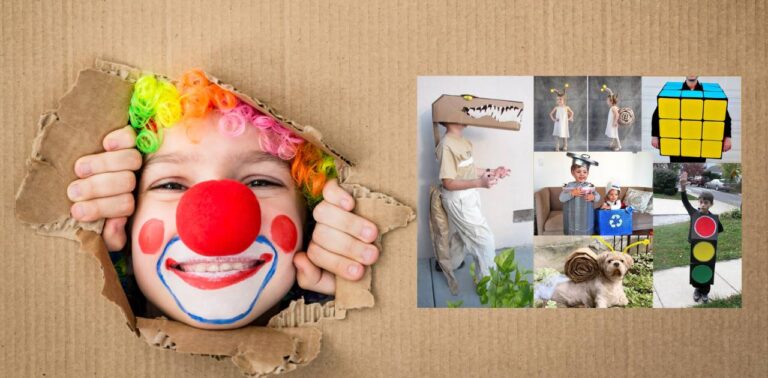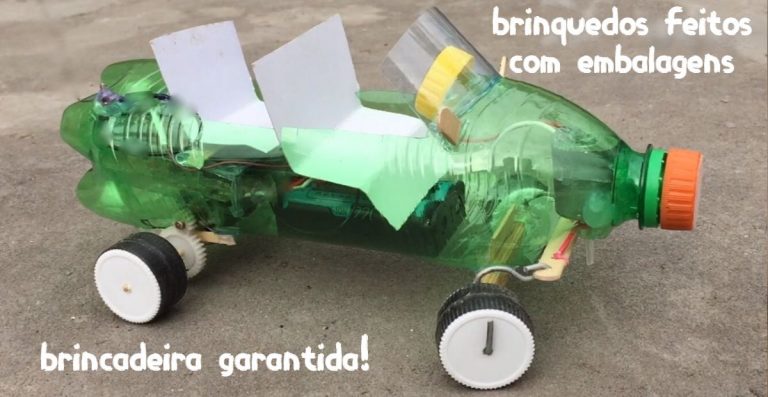Anúncios
Environmental awareness is a crucial issue for the future of the planet, and it’s inspiring to see how children around the world are getting involved in sustainable projects that not only contribute to preserving the environment, but also serve as valuable educational tools. In this post, we’ll explore some sustainable projects that have been created by or for children, demonstrating how the combination of creativity and environmental awareness can create meaningful change. We’ll look at initiatives in Brazil, Guatemala, and Australia, highlighting how these projects are shaping a more sustainable future and involving children in the process.

Building the Future with PET Bottles: The Example of Guatemala
In places where resources are limited, innovation often flourishes. In Guatemala, a creative and sustainable solution has been applied to the construction of schools: the use of recycled PET bottles. With no access to ceramic bricks and a strong environmental conscience, locals have found a way to transform plastic waste into a useful and affordable building material.
Ecobricks, or bottle bricks, are created by filling PET bottles with compressed waste. This method not only reduces the amount of plastic waste but also eliminates the need for kilns, resulting in low-carbon construction. This approach has been adopted in several schools, playgrounds and even homes in Central America. Ecobricks not only offer a sustainable solution to construction, but also involve the local community, including children, in the recycling and construction process, raising awareness about the importance of waste reduction.
Eco Casa de Campinas: A Local and Educational Initiative
In Brazil, an innovative project is transforming the way children interact with sustainable construction. In Campinas, a private school involved 180 children in the construction of an ecological house, called Eco Casa. This project not only promoted hands-on learning about sustainable construction, but also served as a laboratory for interdisciplinary learning.
The project coordinator, Rosangela Butti Cardoso, emphasizes that the goal was to teach children that it is possible to build without harming the environment. By integrating mathematics, geography and environmental awareness, students were able to understand how large constructions impact the planet and how ecological materials can be used to minimize these impacts. The Eco House, measuring 13 square meters and 4.80 meters high, uses only sustainable materials, such as bricks made from sand, rainwater and earth, as well as floors made from recycled tires and vegetable fiber tiles.
One of the most striking features of the Eco House is the flooring made from recycled tires, which left a lasting impression on a 7-year-old student. She mentioned that the flooring is comfortable to walk on and safe in case of falls, highlighting how functionality and comfort can be combined in sustainable construction. The roof of the Eco House has a solar water heater and a reservoir to store rainwater, reinforcing the importance of efficient water resource management.
Cubby House: Sustainable Design for a Social Cause
In Australia, a remarkable project called Cubby Casa has emerged as a creative solution to support homeless children. During the Melbourne International Flower and Garden Show, Australian architects and builders created a mini playhouse called Cubby Casa to raise funds for a local program that supports vulnerable children.
The Cubby House not only serves as an example of sustainable and innovative design, but also as a means of community engagement and fundraising for a worthy cause. This project illustrates how design and creativity can be used to create positive social impact while raising awareness of environmental and social issues.
The Importance of Environmental Awareness From Childhood
These projects demonstrate how environmental awareness can be integrated into children’s lives from an early age, creating a lasting impact on how they perceive and interact with the world around them. Engaging children in sustainable projects not only teaches them about the importance of environmental preservation, but also develops practical skills and encourages critical thinking.
Furthermore, these projects show that building a more sustainable future does not depend only on major technological innovations, but also on small actions and daily choices that can make a big difference. By learning about recycling materials, the efficient use of resources and the impact of construction on the environment, children become ambassadors for a greener and more sustainable future.
Tips for Starting Sustainable Projects with Children
If you are interested in starting a sustainable project with children, here are some tips to help make the experience educational and fun:
- Choose Suitable Projects: Involve children in projects that are age-appropriate and match their interests and abilities.
- Educate and Inspire: Use the project as an opportunity to teach about the importance of sustainability and how small actions can contribute to a big impact.
- Be Creative: Allow children to be creative and experiment with different approaches and solutions to the challenges they encounter during the project.
- Celebrate Achievements: Recognize and celebrate project success by showing children how their work contributed to a larger goal.
Conclusion
Creating sustainable projects for and with children is a powerful way to promote environmental awareness and inspire the next generation to care for the planet. Whether through building with Ecobricks in Guatemala, from Eco House in Campinas or Cubby House In Australia, children are playing a vital role in promoting sustainable practices and building a greener future.
These examples show that creativity and education can join forces to tackle environmental and social challenges, and that every little effort counts on the journey towards a healthier, more sustainable planet. By involving children in sustainable projects, we are not only preparing them for a more conscious future, but also building a better world for everyone.
Check out other interesting facts about recycling clicking here.
Learn how to make art by recycling, Click here.




